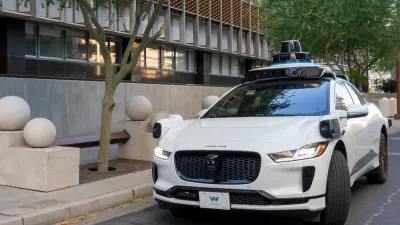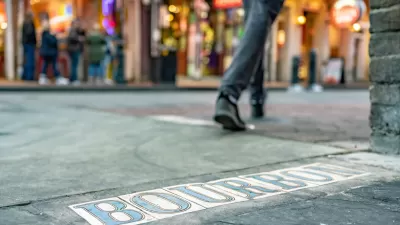A recent report casts light on a lack of preparation by cities for the future of transportation.
Brooks Rainwater shares insights into a National League of Cities report titled City of the Future: Mobility & Technology, which "examines current transportation trends to forecast future developments in the urban environment."
Rainwater and the Tech Insider team "delved into the transportation plans from the 50 largest cities as well as the largest cities in each state" and found "a widening gap between where technology is rapidly taking us and where cities are planning to go."
For example, the report found "[o]nly 6% of cities’ transportation plans consider the potential effect of driverless technology," and "[j]ust 3% of these plans look at companies like Uber and Lyft — even though they operate in 60 of the 68 markets."
Rainwater responds by presenting four key ideas for cities to consider as they catch up to the rapidly approaching mobility technologies of the future.
- Demographic and workforce trends will impact mobility in cities
- How we pay for infrastructure will change
- Public and private mobility systems will grow in the coming years
- New modes of transportation will become available
The National League of Cities report was also included in coverage of cities' preparations for self-driving cars by Kim-Mai Cutler in November. A recent study published in the Journal of Planning Education and Research, and featured here on Planetizen, examines preparations for self-driving cars at the metropolitan planning organization level.
FULL STORY: 4 ways cities will dramatically change in the future — and how we can prepare

Planetizen Federal Action Tracker
A weekly monitor of how Trump’s orders and actions are impacting planners and planning in America.

Congressman Proposes Bill to Rename DC Metro “Trump Train”
The Make Autorail Great Again Act would withhold federal funding to the system until the Washington Metropolitan Area Transit Authority (WMATA), rebrands as the Washington Metropolitan Authority for Greater Access (WMAGA).

The Simple Legislative Tool Transforming Vacant Downtowns
In California, Michigan and Georgia, an easy win is bringing dollars — and delight — back to city centers.

The States Losing Rural Delivery Rooms at an Alarming Pace
In some states, as few as 9% of rural hospitals still deliver babies. As a result, rising pre-term births, no adequate pre-term care and "harrowing" close calls are a growing reality.

The Small South Asian Republic Going all in on EVs
Thanks to one simple policy change less than five years ago, 65% of new cars in this Himalayan country are now electric.

DC Backpedals on Bike Lane Protection, Swaps Barriers for Paint
Citing aesthetic concerns, the city is removing the concrete barriers and flexposts that once separated Arizona Avenue cyclists from motor vehicles.
Urban Design for Planners 1: Software Tools
This six-course series explores essential urban design concepts using open source software and equips planners with the tools they need to participate fully in the urban design process.
Planning for Universal Design
Learn the tools for implementing Universal Design in planning regulations.
Smith Gee Studio
City of Charlotte
City of Camden Redevelopment Agency
City of Astoria
Transportation Research & Education Center (TREC) at Portland State University
US High Speed Rail Association
City of Camden Redevelopment Agency
Municipality of Princeton (NJ)





























